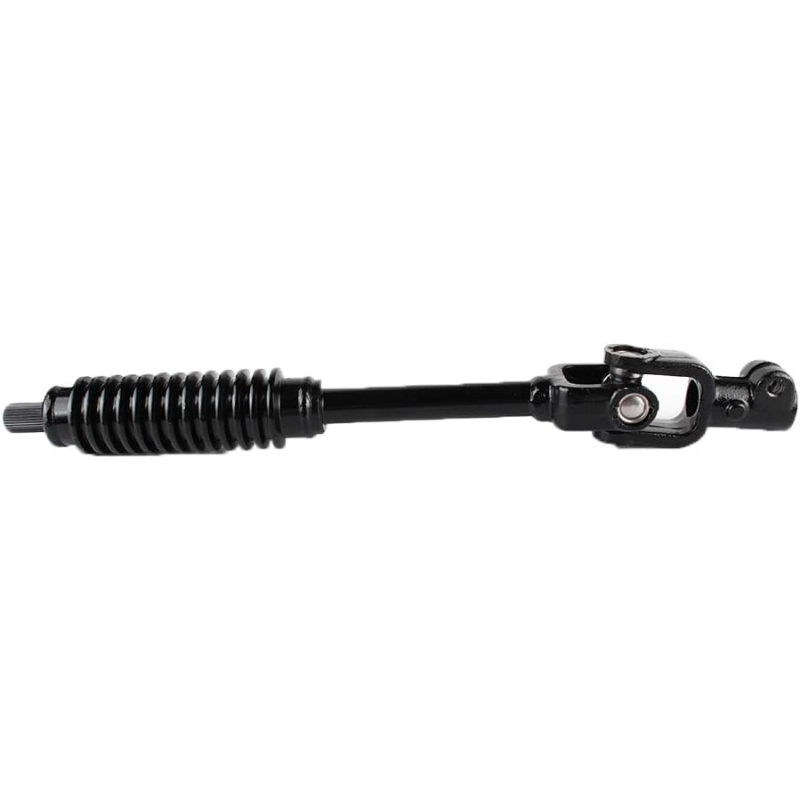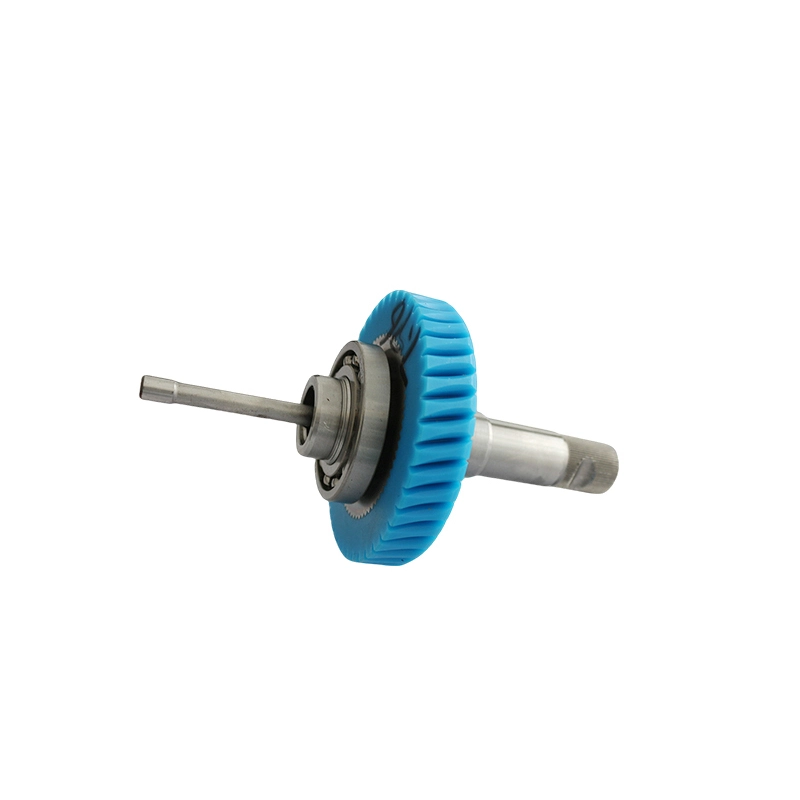The Difference Between the Automotive Driveshaft and Steering Shaft
Release time: 2025-07-10
In the automotive chassis system, the driveshaft and steering shaft are both key components, but they differ fundamentally in function, structural design, and material technology. As core elements in power transmission and driving control, their coordinated operation ensures the safe operation of the vehicle.
Functional Differences: Power Transmission vs. Direction Control
The drive shaft, as the “main artery” of the vehicle’s powertrain, is responsible for transmitting engine power from the gearbox to the drive wheels. Its role is especially crucial in specialized vehicles (such as fuel tankers, fire trucks, etc.)—as a high-speed rotating component, it efficiently transmits torque with minimal support points and relies on strict dynamic balancing to ensure stable power delivery.
The steering shaft, on the other hand, is the executor of the driver’s intentions. When the steering wheel is turned, the durable steering shaft transmits the steering torque to the steering gear, which then adjusts the direction of the wheels through a linkage system. In some vehicle designs, the steering shaft also has the combined function of supporting the suspension system and even transmitting drive forces.
Structural Design: Rotational Transmission vs. Precision Linkage
The driveshaft is typically made from lightweight, high-torque-resistant alloy steel tubes, and its structure is relatively simple. The core technology lies in the universal joints and spline telescoping mechanisms. The universal joints ensure smooth transmission at varying angles, while the telescoping structure adapts to changes in the distance between the gearbox and wheels during driving.
The structure of the steering shaft is more precise. For modern steering shafts:
- The spline area uses plastic over-molding technology to reduce friction while maintaining high torsional rigidity.
- The telescoping design compensates for minor shifts in the chassis, reducing vibration and noise.
- The steering knuckle, located at the end of the steering shaft, connects to the linkage system and wheels. Its strength directly relates to safety (Tesla once recalled due to steering knuckle heat treatment defects that led to fractures).
Material Innovation: The trend toward lightweighting is seen in both components, but the paths diverge:
- Driveshafts are transitioning from steel to aluminum alloys: For example, Dongfeng’s off-road vehicles reduced weight by 12 kg and improved dynamic balance precision by 25% with aluminum alloy driveshafts, significantly lowering fuel consumption.
- Steering shaft components: High-strength aluminum alloys are gradually replacing cast iron, but strict heat treatment processes are essential (for example, Tesla’s steering knuckle recall due to insufficient strength from improper quenching processes).
Maintenance Key Points: Failure Modes Determine Maintenance Strategies
Driveshaft failure typically manifests as abnormal vibrations caused by dynamic balance failure.
Steering shaft failure is more dangerous and can result in:
- Spline wear causing steering play.
- Steering knuckle deformation leading to linkage disconnection.
- Poor lubrication causing increased steering resistance.
Regular checks of the steering shaft’s connection points and lubrication are crucial to preventing steering loss of control.
Nuosheng Transmission’s Technological Focus
Anhui Nuosheng Transmission Technology Co., Ltd. has focused on the development of steering shaft components for over a decade. Their core products include precision components such as spline shafts and steering input shafts. Through 22 national patents, the company has resolved key technical challenges in friction control and improving torsional stiffness.
Equipped with a precision testing laboratory and an IATF 16949 quality management system, the company ensures that its annual production of 2 million steering components meets the rigorous reliability standards of the automotive industry, providing high-precision, low-noise core component solutions for domestic steering systems.
With the development of steer-by-wire technology and the widespread adoption of electric drive systems, the structures of the driveshaft and steering shaft may undergo deeper transformations. However, breakthroughs in material technology and system integration optimization remain dual paths for component enterprises to innovate.


